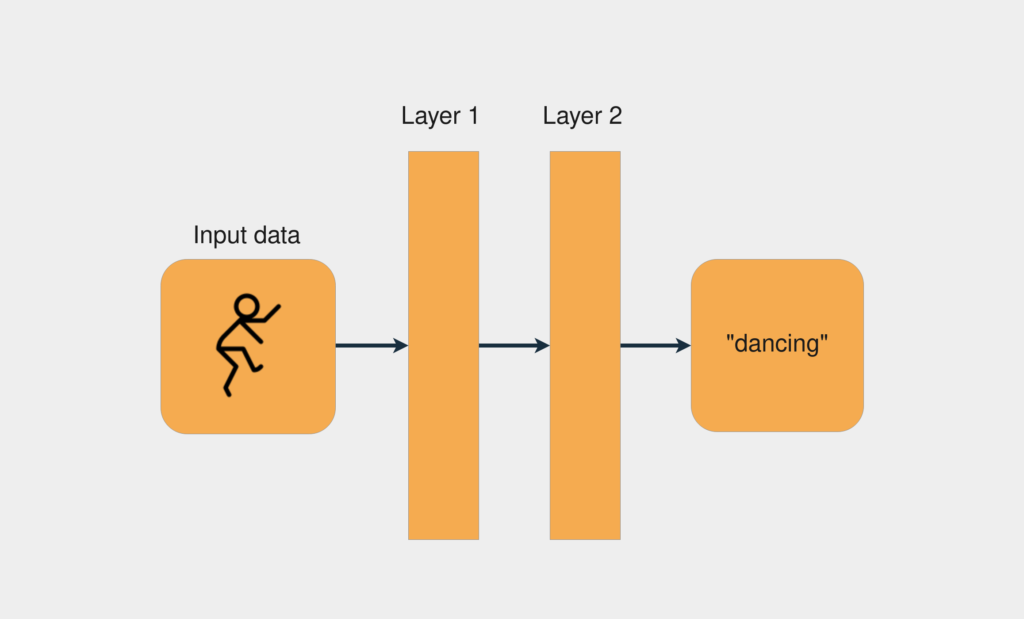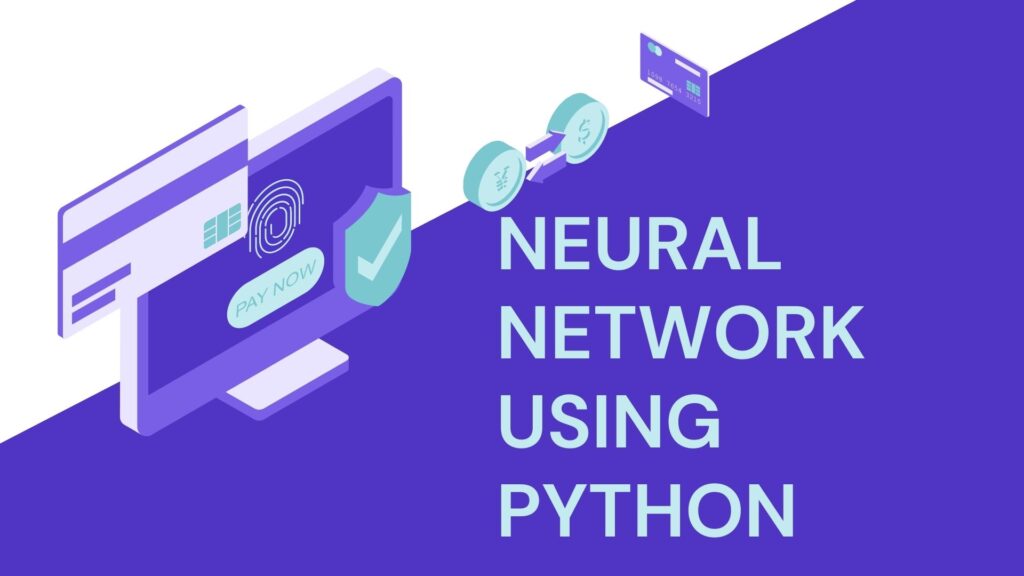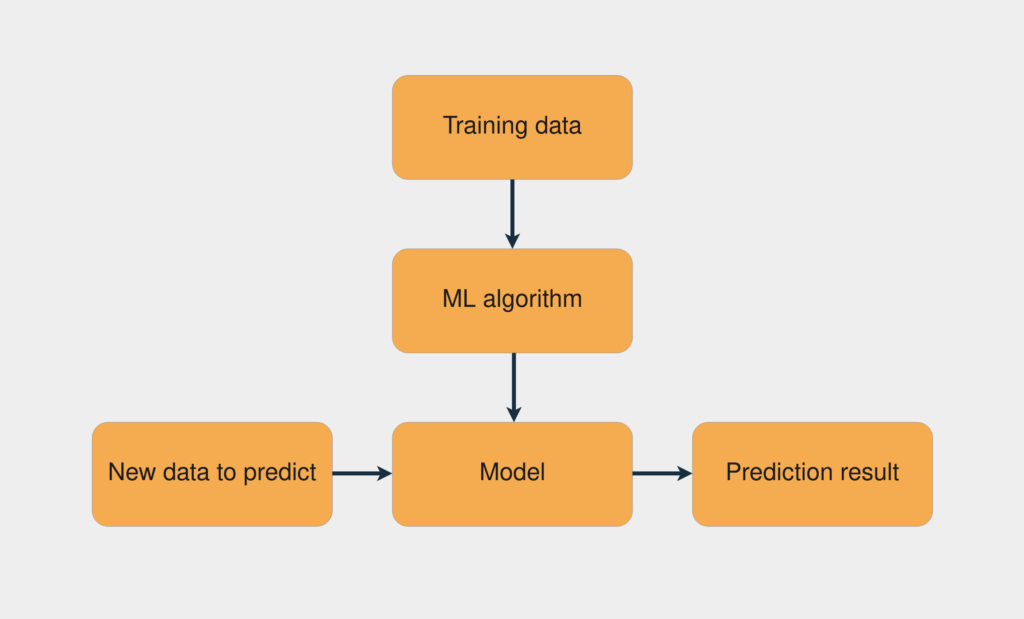What is a Neural Network?
A neural network is a series of algorithms that attempt to recognize underlying relationships in a set of data through a process that mimics the way the human brain operates. It consists of layers of interconnected nodes (neurons), each layer transforming the input data into something that the next layer can use.

Key Components of a Neural Network
1. Neurons (Nodes): The basic unit of a neural network, similar to a brain cell.
2. Layers: Neurons are organized into layers:
- Input Layer: The first layer that receives the input data.
- Hidden Layers: Intermediate layers that process the inputs.
- Output Layer: The final layer that provides the output or prediction.
3. Weights and Biases: Each connection between neurons has a weight, which is adjusted during training, and each neuron has a bias added to the weighted input.
4. Activation Function: A mathematical function applied to the input of a neuron to determine its output. Common functions include ReLU (Rectified Linear Unit), Sigmoid, and Tanh.
How Neural Networks Work
Neural networks learn through a process called training, which involves adjusting the weights of the connections between neurons to minimize the difference between the predicted output and the actual output. This process can be broken down into several steps:
1. Forward Propagation: The input data is passed through the network, layer by layer, to generate a prediction.
2. Loss Calculation: The difference between the predicted output and the actual output is calculated using a loss function. This difference indicates how well the network is performing.
3. Backward Propagation: The network adjusts the weights of the connections based on the calculated loss. This process involves propagating the error backward through the network and updating the weights to minimize the loss.
4. Iteration: The forward and backward propagation steps are repeated for many iterations (epochs), gradually improving the network's performance.


Training a Neural Network
Training a neural network involves feeding it a large dataset and iteratively adjusting the weights to minimize the loss. The dataset is typically split into three parts:
1. Training Set: Used to train the network.
2. Validation Set: Used to tune the model's hyperparameters and prevent overfitting.
3. Test Set: Used to evaluate the network's performance on unseen data
Making Predictions
After training, the neural network can make predictions on new, unseen data
1. Input Processing: New data is formatted in the same way as the training data.
2. Forward Pass: The data is passed through the network using the learned weights and biases.
3. Output Generation: The network produces a prediction based on the input data.

Practical Applications of Neural Networks
Neural networks are versatile and can be applied to various domains, including:
- Image Recognition: Identifying objects, faces, and scenes in images.
- Natural Language Processing (NLP): Tasks such as language translation, sentiment analysis, and text generation.
- Speech Recognition: Converting spoken language into text.
- Predictive Analytics: Forecasting trends and behaviors, such as stock prices or customer preferences.s language translation, sentiment analysis, and text generation.
- Autonomous Systems: Enhancing the capabilities of self-driving cars and robots.
Conclusion
Building a neural network involves understanding its structure (neurons, layers, weights, biases, activation functions) and the training process (forward propagation, loss calculation, backward propagation, and weight updates). Once trained, a neural network can make predictions by processing new input data through its layers.
This theoretical foundation provides a glimpse into how neural networks operate and their potential applications, without getting bogged down by the intricacies of coding.



